
Reduce, Reuse, Recycle, RV
Reduce, Reuse, Recycle, RV
Practical tips for more sustainable RV camping.
By: Merrisa Petersen
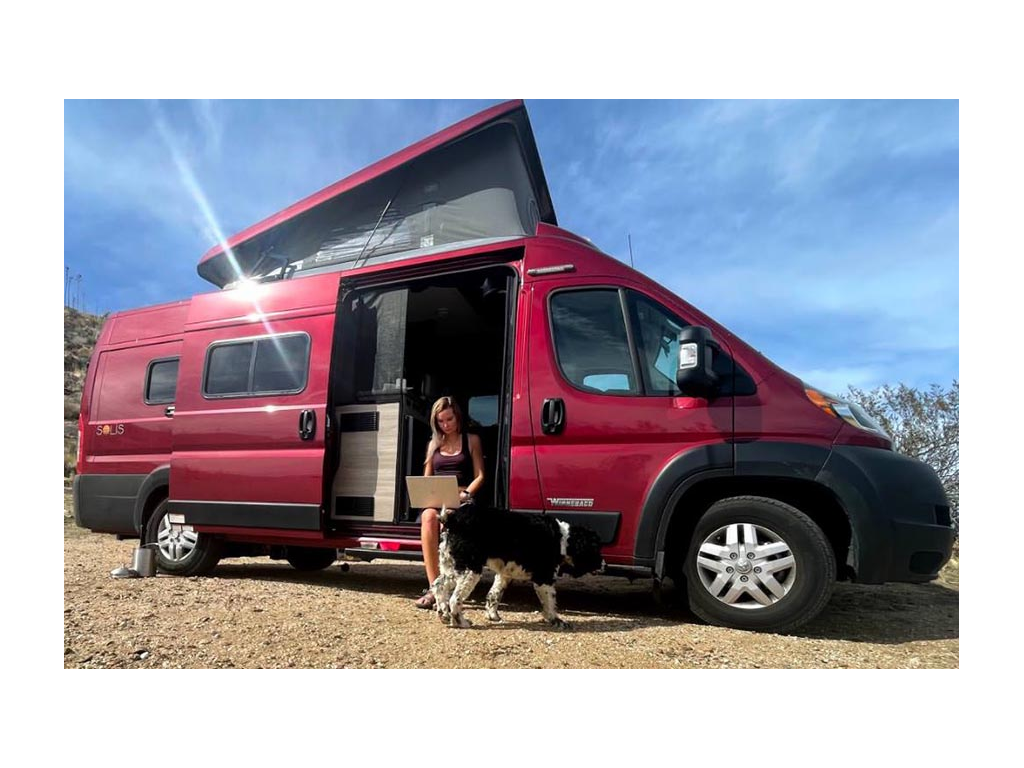
There’s no doubt about it, humans produce too much waste. From plastic baggies to plastic water bottles to plastic jugs of laundry detergent. Plastic is part of almost everything we do. But it doesn’t have to be. Because of my love for the earth, I was determined to learn how to carry some of my eco-friendly practices over to RV life.
I started my zero-waste journey about three years ago when I learned about the impact of plastic on our ocean and marine life. Since then, I have been on a mission to lower the negative impact I leave on the earth. Living a sustainable lifestyle isn’t just about decreasing our plastic waste, it’s also about lowering the resources we use and reducing the personal and societal impact we have on the environment.
It’s almost impossible to be completely zero waste, but like Pam Beasley from The Office said, “pobody’s nerfect.” Below are some of my favorite tips for adopting more sustainable camping methods and leaving the wilderness better than we found it.
Good News: RVing is Already a Greener Way to Travel!
Living in a smaller space equals less stuff, and less stuff equals fewer resources being used. When traveling in an RV, we are more aware of the amount of water and electricity being used and tend to place a higher value on our resources. After all, there are no 20-minute hot water showers when camping off-grid. Hopefully, we can all use this as a reminder that it’s possible to live with very few resources in our everyday lives.
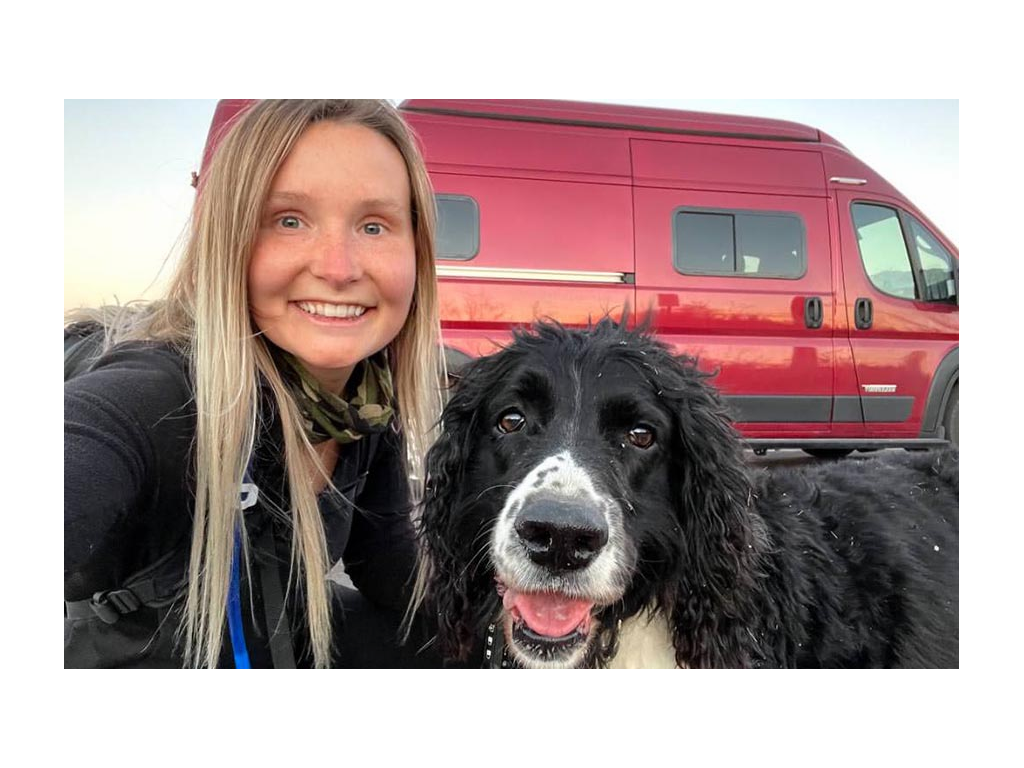
7 Tips for More Sustainable RV Camping
1. Being aware is your first step.
You’ve already taken the first step to a greener RV lifestyle by reading this article. Look at you; you’re doing great! Going green is a slow transition and is not something that requires perfection. Just being aware of our consumer habits is a step in the right direction.
2. Stay in one place longer and move less.
While traveling by car, or RV in this case, has less environmental impact than vacations that include air travel, rental cars, and hotel stays, driving still contributes significantly to greenhouse emissions. Driving less, slowing down to embrace each stop, and having a well-planned route are great ways to lower your carbon footprint. Staying in one place longer also gives you the chance to meet some of the locals and explore places that you maybe wouldn’t have if you were in a hurry.

3. Support local businesses.
The next time you need to fill up with gas, buy groceries, or find a place to camp, consider finding a local business to support. A great way to support local businesses is to stay at a Harvest Hosts in that area. Be sure to check out their shops and take time to interact with the owners, their employees, and any animals on the property. Not only is it great to meet the locals, but you’re also putting money right back into the community that has so kindly hosted you. What better way to say thank you for the hospitality than by keeping a family business up and running?
4. Buy used.
We all know how good it feels to buy something new and use it for the very first time. Now imagine that same excitement but doubled because you chose to buy gently used and save the planet (go you!!). While there is certain gear that is better off being bought new, there is also a huge selection for used gear and plenty of other options, like renting, to save you from buying new. People quit hobbies or upgrade gear regularly, leaving behind perfectly good items they no longer need. Why not save yourself a little money and, in turn, keep that item from going into the landfill? Check out Facebook marketplace, Patagonia’s Worn Wear, or REI for their Good & Used gear.
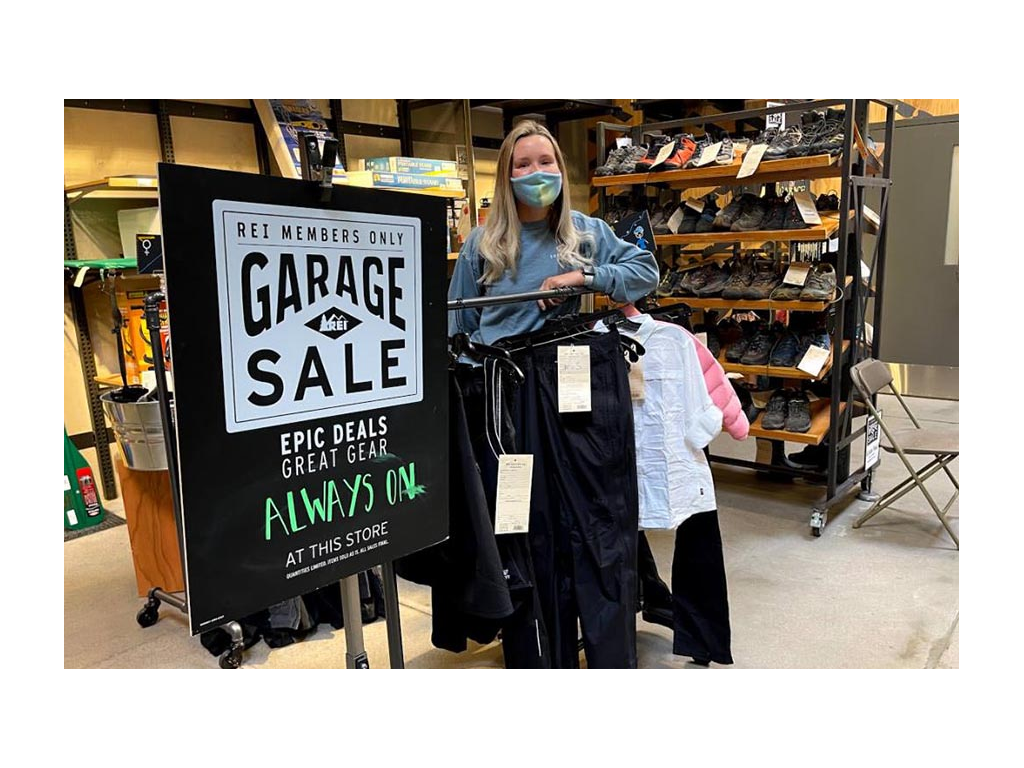
If you do have to buy new, consider buying eco-friendly items from brands that are doing their part to lower their impact on the environment.
5. Leave No Trace.
This one should go without saying, but please pick up after yourself and leave the place better than you found it. One thing that I like to do is challenge myself to pick up two pieces of garbage at every gas station, five pieces on every hike, and ten pieces at every campsite. I always end up picking up plenty more, but it makes it almost like a game when there’s a challenge involved.
Bring along a reusable tote in your hiking pack or use a compostable dog waste bag that you’ve already brought along for your pup and collect trash on the way as well.
Not only does ‘Leave No Trace’ include the waste left by humans, but also the waste from our pets. Pet waste is an environmental hazard and should be picked up and disposed of properly. Read this article for more information on the effect of pet waste on our waterways.
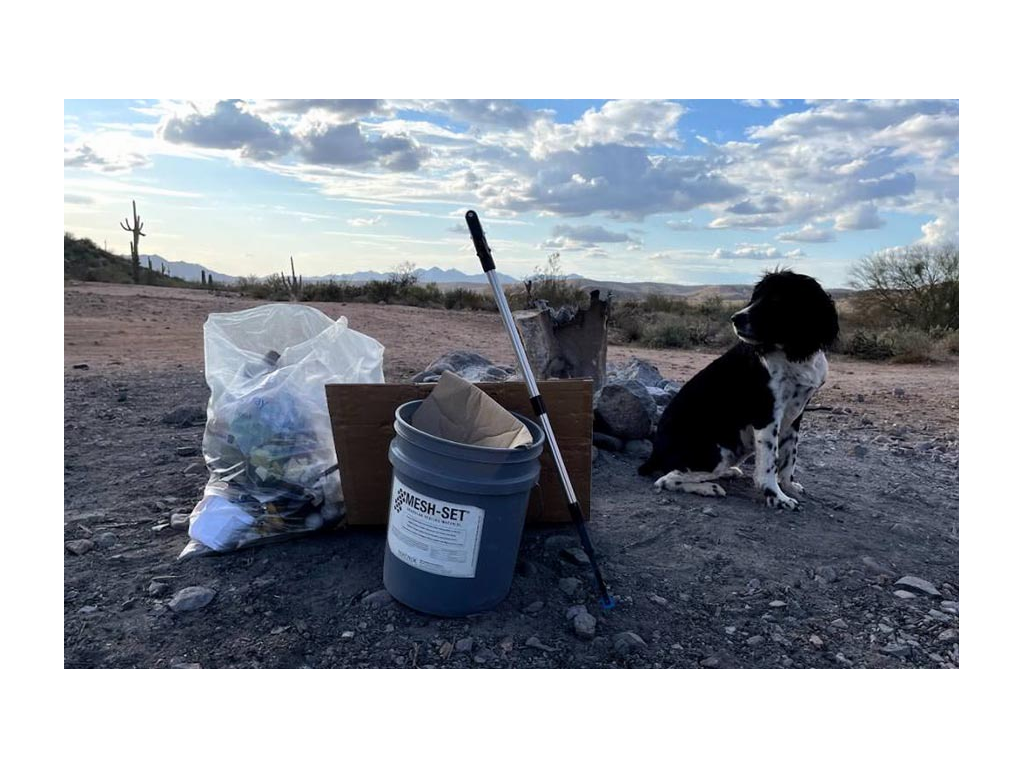
6. Go where others have already been.
The saying “take the path less traveled” is great when it comes to making big life decisions, but when it comes to hiking or picking a campsite, please stick to the path that has already been made. Plant and wildlife need all the room they can get and by walking or parking off the beaten path, it’s killing the new growth that has inhabited the area and already settled there. Keep wildlife wild.
7. Responsibly dispose of waste.
Disposing of waste responsibly has been one of my biggest obstacles while being on the road. I have been on a mission to master my composting methods in a van, but still haven’t found the perfect solution for what to do with the finished compost.
Recently, I found an app called ShareWaste that connects composters to people in or around the area that will accept outside compost. Another idea is to reach out to local schools or parks to see if they have a compost program or community garden that you can contribute to.
Recycling on the road has proven to be a little easier. Start by keeping a bin or bag in your RV that is designated for recyclables. It’s less tempting to just throw things away at the nearest garbage when you already have it sorted. Many grocery stores, national chains (like Target or IKEA), and national and state parks have recycling bins.
The app iRecycle is also a great way to locate recycling centers in your area and even allows you to search by the type of material. (Read this article from Waste Management to learn how to recycle your waste properly). You can also help cut down on what is put in the landfill by opting for minimal or zero packaging instead.
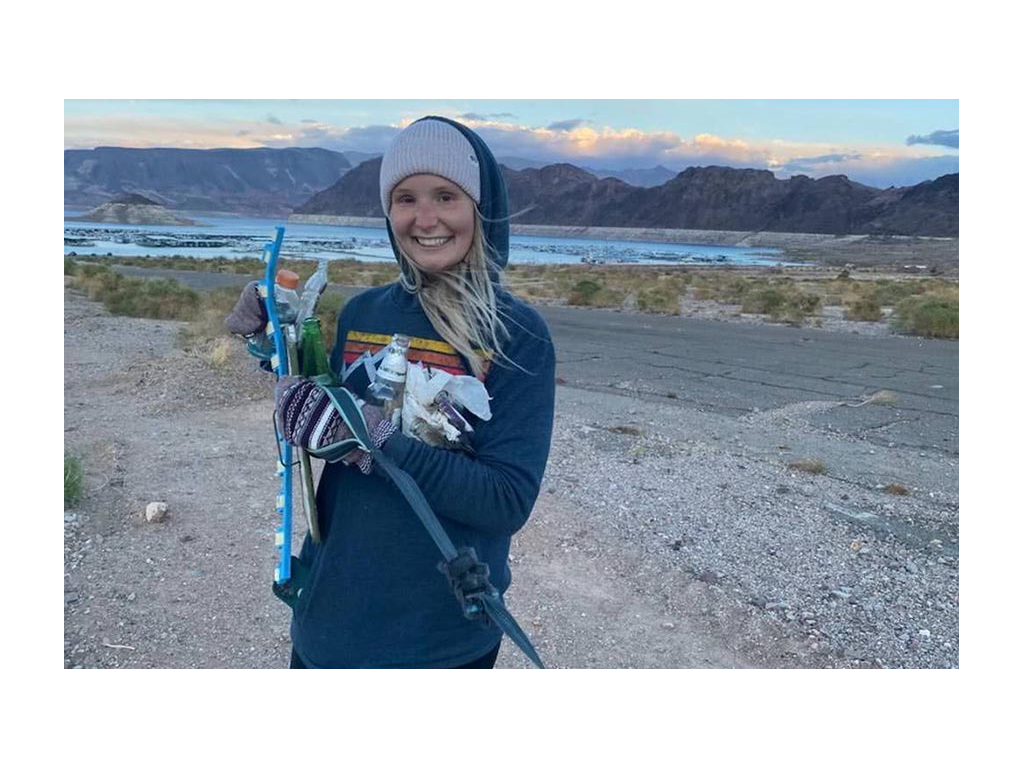
Interested in checking out your carbon footprint? You can do that here by filling out a short survey on your daily habits. And feel free to follow @_girlgonenomad on Instagram to tag along with my journey of living a greener, more sustainable RV lifestyle.
Comments
Comments on this post are moderated, so they will not appear instantly. All relevant questions and helpful notes are welcome! If you have a service inquiry or question related to your RV, please reach out to the customer care team directly using the phone numbers or contact form on this page .